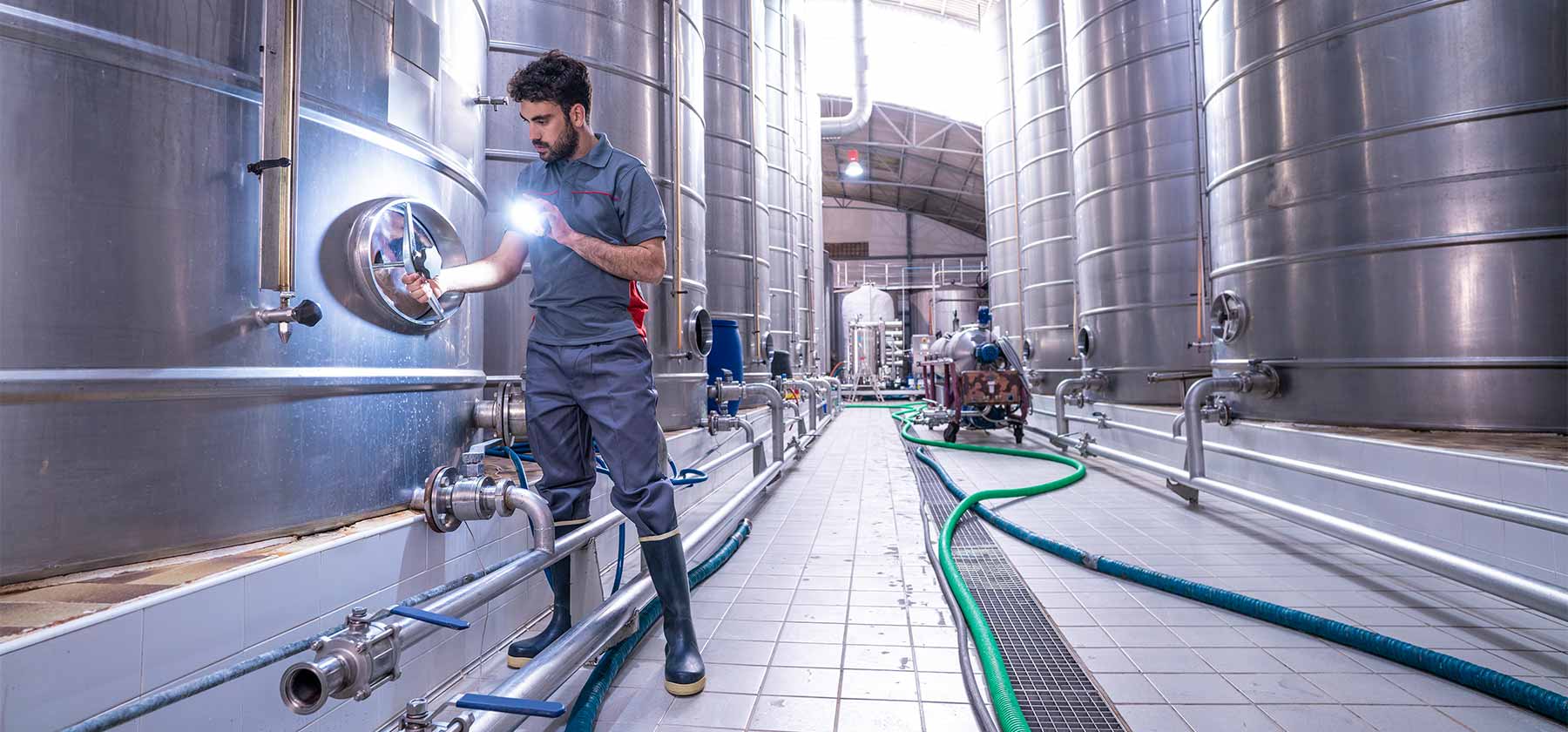Resources › How to Choose a Pressure Sensor for Your Application
Pressure sensors are used in many applications from gas chromatography to wind tunnel testing to industrial process monitoring. With the wide array of full bridge, strain gauge pressure sensors available, we're often asked "What pressure sensor do I need for my application?"

Here are a few questions that will help to narrow down your choices:
Question 1: "What is the maximum pressure you are expecting to measure?" When selecting a pressure sensor, you need to account for the maximum pressure your system will experience without overloading the sensor.
Question 2: "What is your desired pressure reference?" Gauge, absolute, and vacuum are three of the most common pressure references. These define whether the sensor's zero is set at ambient pressure or absolute vacuum. Together with your maximum capacity, the pressure reference defines the pressure range you can measure.
Question 3: "How will you mount/thread the pressure sensor?" Pressure sensors can come with either male or female threads for mating with your system. Female threaded pressure sensors can be threaded onto a stud or onto a pressure line. Male threaded pressure sensors can be threaded directly into a pressure cavity.
Question 4: "Do you have any electrical output requirements?" The most common outputs are mV/V, voltage, and current. Pressure sensors are one of the most common sensors to come pre-amplified. If you are replacing an existing pressure sensor or designing a new system, make note of the type of output it generates.
Here's an overview of the most common pressure sensor types:

Flush Mount Pressure Sensors. Also known as flush diaphragm or flush tip pressure sensors, these sensors feature a flat pressure sensing element. When they are mounted into flat walls, they create a smooth surface. These sensors possess high accuracy and high natural frequency allowing them to accurately adapt to changing conditions.

Female Port Pressure Sensors. Also known as female thread pressure sensors or transducers, these pressure sensors feature a female threaded pressure port. This setup allows air lines and static pressure ports to be threaded directly into the sensor. This is great when size constraints prevent direct mounting of the sensor.

Male Port Pressure Sensors. Also known as flush diaphragm or flush tip pressure sensors, these sensors feature a flat pressure sensing element. When they are mounted into flat walls, they create a smooth surface. These sensors possess high accuracy and high natural frequency allowing them to accurately adapt to changing conditions